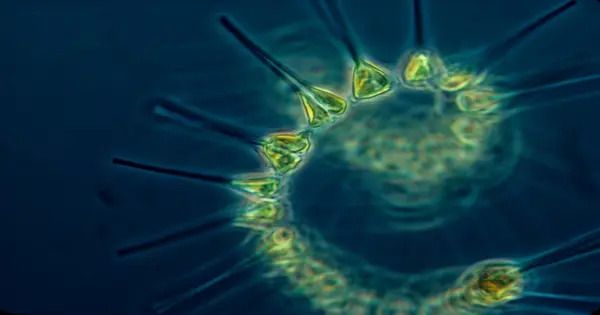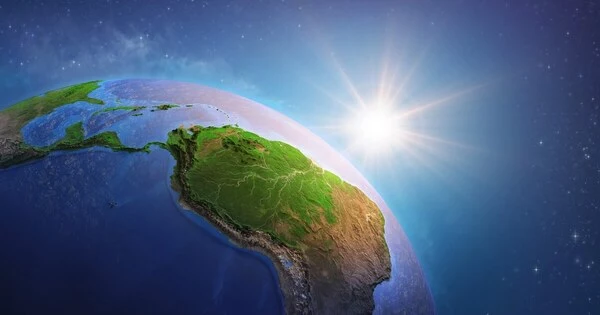Marine communities traveled to Antarctica during the Earth’s warmest phase in 66 million years, long before a major extinction occurred. During the Early Eocene Climatic Optimum, which was characterized by prolonged high global temperatures comparable to worst-case global warming projections, all but the most specialized sea plankton relocated to higher latitudes.
When the team of researchers from the University of Bristol, Harvard University, the University of Texas Institute for Geophysics, and the University of Victoria compared biodiversity and global community structure, they discovered that the community frequently responds to climate change millions of years before biodiversity loss occurs.
The study, published in Nature, implies that plankton relocated to cooler places to escape the tropical heat, leaving only the most highly specialized species to survive. These findings suggest that changes on the community size will be visible long before extinctions in the modern world, and that greater effort should be put into monitoring the structure of marine communities in order to potentially forecast future marine extinctions.
Considering three billion people live in the tropics, this is not great news. We knew that biodiversity amongst marine plankton groups has changed throughout the last 66 million years, but no one had ever explored it on a global, spatial, scale through the lens of a single database.
Dr Adam Woodhouse
Dr Adam Woodhouse from the University of Bristol’s School of Earth Sciences, explained: “Considering three billion people live in the tropics, this is not great news. We knew that biodiversity amongst marine plankton groups has changed throughout the last 66 million years, but no one had ever explored it on a global, spatial, scale through the lens of a single database.”
“We used the Triton dataset, that I created during my PhD, which offered new insights into how biodiversity responds spatially to global changes in climate, especially during intervals of global warmth which are relevant to future warming projections.”
Dr. Woodhouse teamed up with Dr. Anshuman Swain, an ecologist and specialist in the application of networks to biological data. They applied networks to micropalaeontology for the first time ever to document the global spatial changes in community structure as climate has evolved over the Cenozoic, building on previous research on cooling restructured global marine plankton communities.

Dr Woodhouse continued: “The fossil record of marine plankton is the most complete and extensive archive of ancient biological changes available to science. By applying advanced computational analyses to this archive we were able to detail global community structure of the oceans since the death of the dinosaurs, revealing that community change often precedes the extinction of organisms.
“This exciting result suggests that monitoring of ocean community structure may represent a ‘early warning system’ which precedes the extinction of oceanic life.”
The team intends to apply similar strategies to additional marine plankton groupings. This study only looked at planktonic foraminifera; however, there are numerous additional microfossil taxa that play key roles in marine food webs that need to be investigated. They must also use historical and current patterns to anticipate future community organization with new climate models.
















